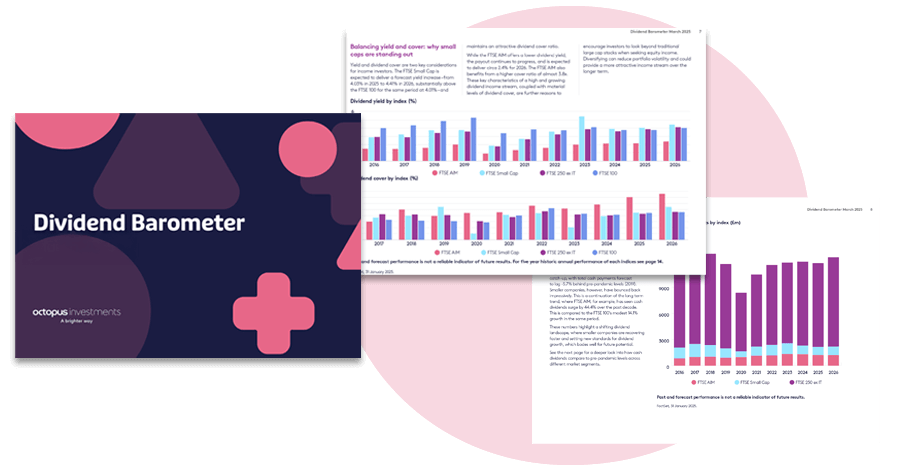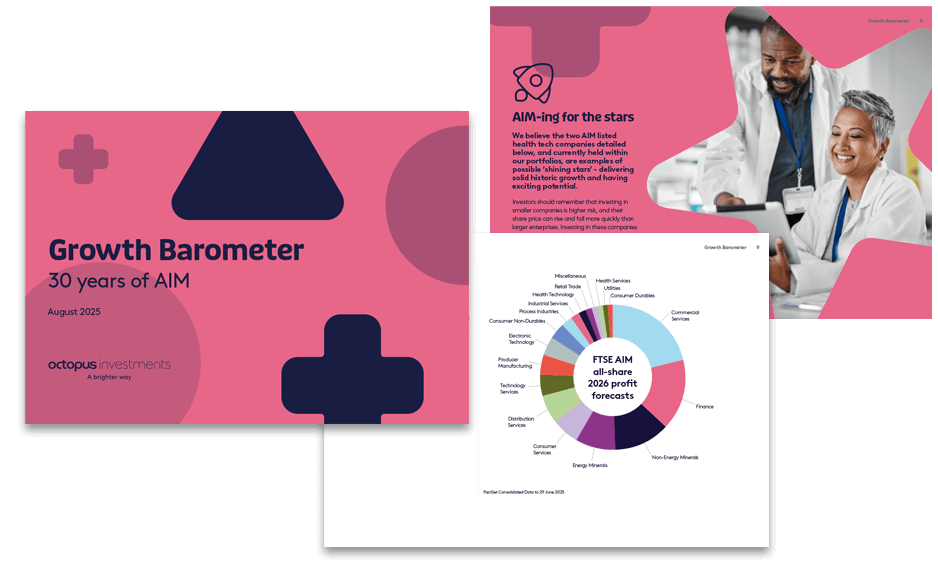WhitepaperInheritance tax
What is the nil rate band and the residence nil rate band?
The transferable nil rate band and residence nil rate band
Last updated: 5 December 2024
What are the nil rate band and the residence nil rate band?
The nil rate band (currently £325,000) and residence nil rate band (currently £175,000) are two key inheritance tax allowances. For a full overview of these allowances, refer to our inheritance tax and key considerations guide.
These allowances can be transferred between spouses.
When is the transferable nil rate band and residence nil rate band available?
When are the transferable nil rate band and residence nil rate band available?
A surviving spouse is able to take on any nil rate band (NRB) and residence nil rate band (RNRB) that was unused from their deceased spouse.
Transferable NRBs and RNRBs are available to spouses who are married or in a civil partnership at the time of the relevant spouse’s death.
Where it is available in full, a surviving spouse could have allowances of £1,000,000, made up of their spouse’s NRB and RNRB and their own:
- Two NRBs totalling £650,000 (2 x £325,000).
- Two RNRB totalling £350,000 (2 x £175,000).
Ask Octopus
Do you have a question about inheritance tax and estate planning?
Use our free helpdesk to Ask Octopus

How to calculate the transferable nil rate band and residence nil rate band
How to calculate the transferable nil rate band and residence nil rate band
The transferable NRB and RNRB are determined by finding the percentage of the bands not used by the deceased spouse, and applying that percentage to the allowance in place at the time of the surviving spouse’s death.
The same principles apply for transferring the NRB, whereby you calculate the percentage of unused NRB from the deceased spouse and apply that percentage to the NRB allowance at the time the surviving spouse dies.
Multiple marriages and the transferrable nil rate band and residence nil rate band
Multiple marriages and the transferrable nil rate band and residence nil rate band
A surviving spouse can use the transferable unused NRB from multiple marriages, where they were married or in a civil partnership at the time of deceased spouse’s death. However, the overarching rule is that all transferable NRBs taken together, are capped at the NRB at time of the surviving spouses death (currently £325,000).
The same principle applies to the RNRB, in that the transferable RNRB from multiple marriages is capped at RNRB at the time of the surviving spouse’s death.
Transferring the residence nil rate band when the deceased spouses’ estate exceeds £2 million
Transferring the residence nil rate band when the deceased spouse’s estate exceeds £2 million
Where an individual’s estate is greater than £2 million on death, their available RNRB is reduced by £1 for every £2 over this limit.
Where the first spouse dies with an estate greater than £2 million, to calculate the transferable RNRB to the surviving spouse, the £2 million tapering test needs to be applied when calculating the transferable RNRB.
The RNRB is treated differently where the first spouse dies before April 2017 and their estate is greater than £2 million, which we explain below.
Transferring the residence nil rate band where the first death occurred before April 2017
Transferring the residence nil rate band where the first death occurred before April 2017
The RNRB was introduced in April 2017. There may be cases where a spouse died before April 2017. Where the first spouse died before April 2017 and their estate was less than £2 million on death, they are viewed as not having used any of their RNRB, meaning 100% is available to transfer to the surviving spouse.
If the first spouse dies before April 2017 and their estate is greater than £2 million, then the first spouse is deemed to have an RNRB of £100,000 for the £2 million tapering test.
The transferable nil rate band and chargeable lifetime transfers
The transferable nil rate band and chargeable lifetime transfers
The transferable NRB can only be used against the death estate of the surviving spouse. It is not available for lifetime gifts.
This means if a lifetime gift to a trust is above the individual’s NRB, a chargeable lifetime transfer (CLT) should be due, even if an individual has a transferable NRB from a deceased spouse.
It also means the trust is not able to use the transferable NRB when calculating its own exit or ten-year periodic charges.
From an inheritance planning perspective, Business Relief could be beneficial as it does not use up the NRB, and should not give rise to a CLT, even for gifts into Trust, provided the shares were held for two years at the time the gift is made. Please bear in mind that investments that qualify for Business Relief put an investor’s capital at risk and won’t be right for everyone.
Read more about chargeable lifetime transfers and Business Relief and Trusts.
Claiming the transferable nil rate band and residence nil rate band
Claiming the transferable nil rate band and residence nil rate band
The time limit to claim the transfer of any unused NRB is two years from the end of the month the surviving spouse dies (not from when the first spouse dies).
The two-year time limit from when the surviving spouse dies, also applies for the transfer of unused RNRB.
Read more at GOV.uk about claiming unused NRB and claiming unused RNRB.
Tax legislation, rates and allowances are correct at time of publishing for the tax year 6 April 2025 – 5 April 2026.
From 6 April 2026, a 100% IHT relief will continue for the first £1 million of combined agricultural and unquoted Business Relief qualifying property (e.g. sole traders, partnerships, unquoted companies). Amounts over the £1 million will attract 50% IHT relief. Business Relief qualifying companies listed on the Alternative Investment Market (AIM), will attract 50% IHT relief irrespective of the investment amount.
Inheritance tax (IHT) calculator
Related resources
Related resources
IHT Toolkit
You can educate and nurture clients with these resources when having conversations about estate planning using this handy Toolkit.
Intergenerational planning guide
Who will advise your clients beneficiaries? Read our top tips for retaining assets under advice in the great wealth transfer.
Making use of the residence nil rate band
Head of Tax Jessica Franks considers some implications of the residence nil-rate band. 30 minutes CPD.






